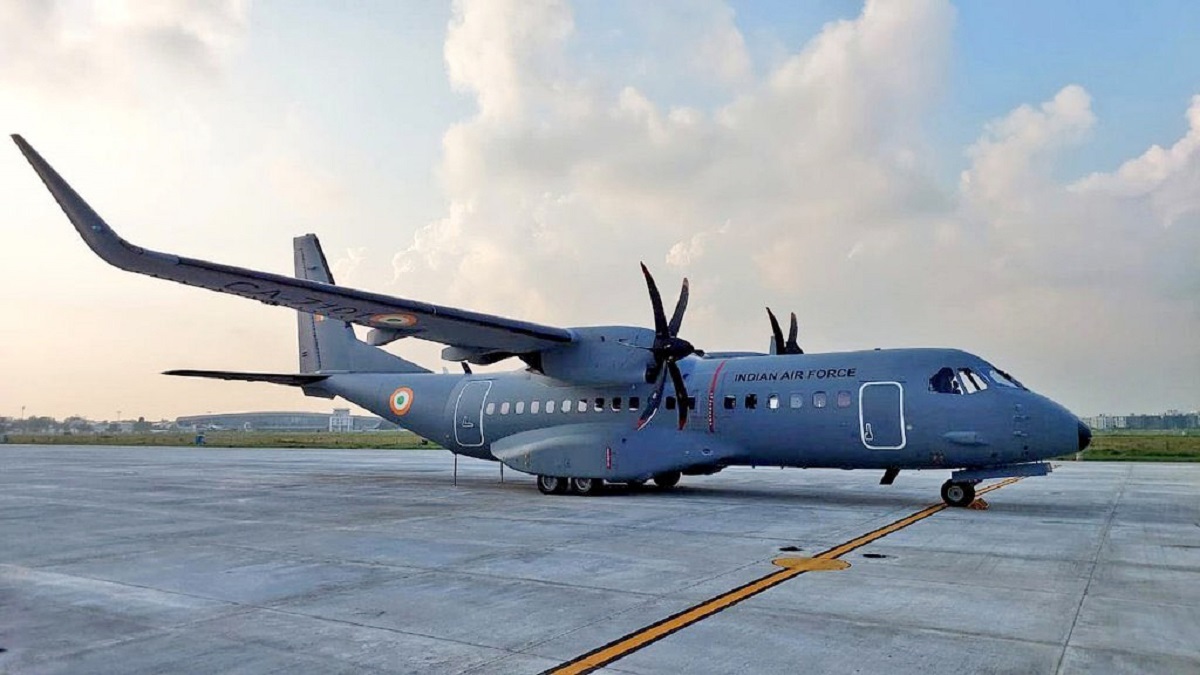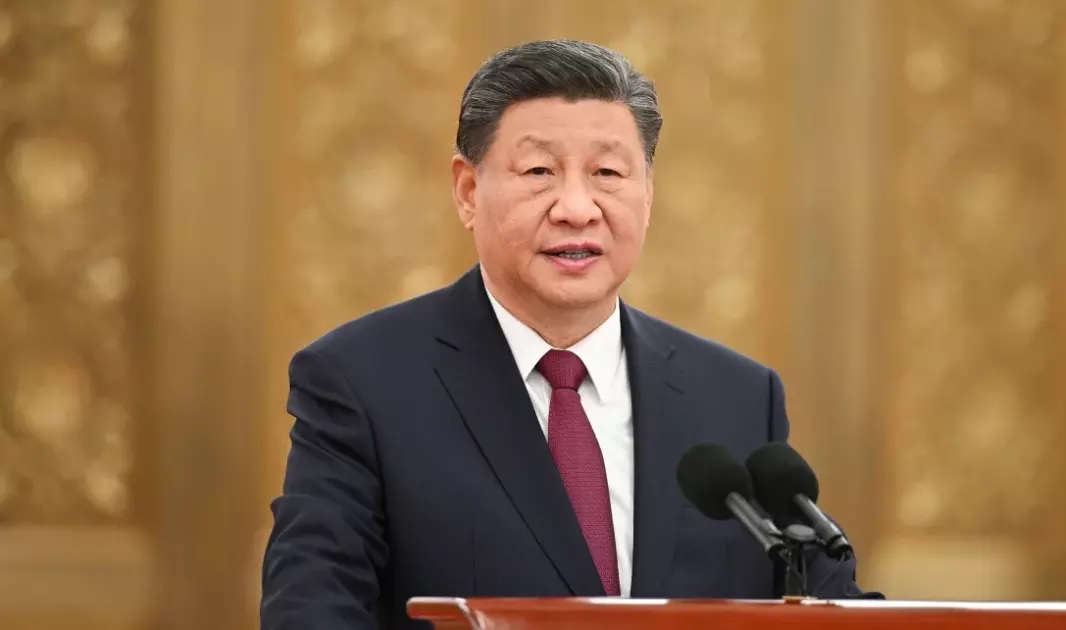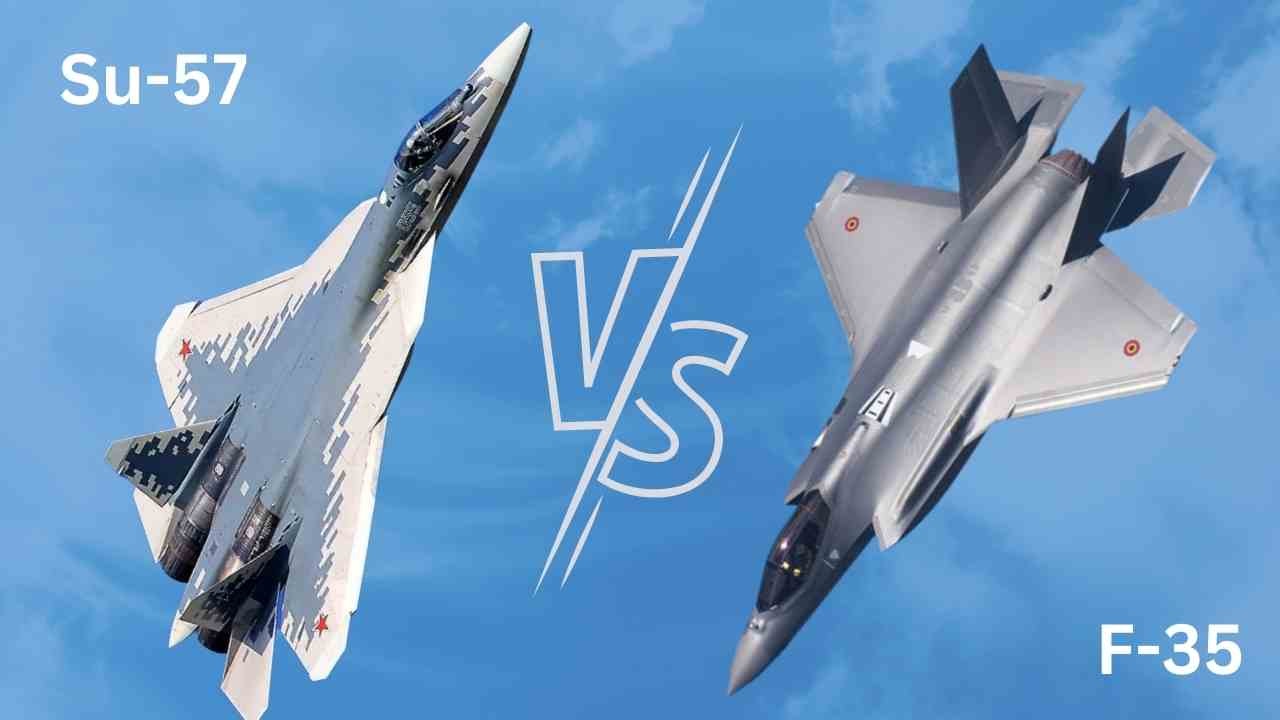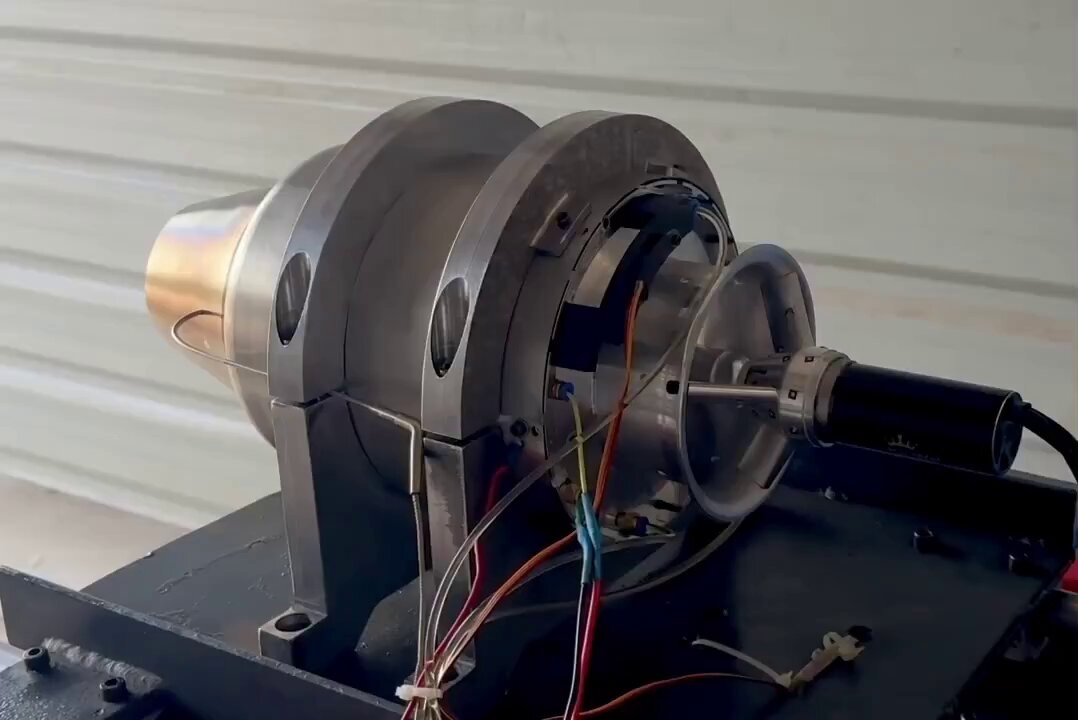India’s First C-295 Military Transport Aircraft Set to Roll Out by September 2026, Full Fleet by 2031

India’s ambitious project to manufacture C-295 military transport aircraft is moving forward, with the first "Made-in-India" model expected to roll out in September 2026. The project, led by Airbus and Tata Advanced Systems Ltd. (TASL), marks a significant step toward strengthening India’s defense industry and reducing reliance on foreign-made military equipment. By August 2031, the Indian Air Force (IAF) is anticipated to receive all 40 of the C-295s set for production in India.
An Historic Facility in Vadodara
The manufacturing of C-295 aircraft will take place in Vadodara, Gujarat, where Prime Minister Narendra Modi laid the foundation stone in October 2022. This facility will serve as India’s first private sector final assembly line for military aircraft, setting a new precedent in India’s aerospace industry. In addition to boosting self-reliance, this facility is expected to create numerous jobs and build a skilled workforce in advanced manufacturing, maintenance, and aircraft assembly.
Ahead of its official inauguration, Spanish Prime Minister Pedro Sanchez is scheduled to visit India from October 28-30, 2024. During his trip, he will join PM Modi to inaugurate the Vadodara facility, underscoring India and Spain’s collaborative partnership in defense and technology.
The C-295 Contract and Timeline
In 2021, the Ministry of Defence signed a ₹21,935 crore contract with Airbus Defense and Space SA, Spain, for 56 C-295 aircraft. Under the agreement, 16 of these planes will be delivered in flyaway condition directly from Spain. Meanwhile, TASL will manufacture the remaining 40 aircraft domestically under a technology transfer arrangement. This initiative is part of India’s broader strategy to build an indigenous defense ecosystem while maintaining strong alliances with international partners.
The Vadodara facility aims to deliver the first Indian-built C-295 by September 2026, and the remaining 39 aircraft will be completed by August 2031. This timeline aligns with India’s goal of gradually replacing the IAF’s aging fleet of Avro-748 planes, which have served for over six decades, with a newer, more versatile fleet.
C-295: A Versatile and Robust Tactical Transport Aircraft
The C-295 is a medium tactical transport aircraft recognized for its flexibility and suitability in various operational environments. Built with a high-wing design, it can perform challenging missions, including troop transport, medical evacuation, and logistical support, even in rugged and unprepared airstrips. Some of the C-295’s key specifications and features include:
Capacity: The C-295 can carry up to 71 troops or 50 paratroopers and transport payloads up to 9,250 kg, making it ideal for rapid deployment scenarios.
Range and Endurance: With a range of approximately 2,000 nautical miles, the C-295 can cover substantial distances without refueling, critical for India’s varied geography.
Short Takeoff and Landing (STOL): The aircraft’s STOL capability allows it to operate on short and rough runways, even under adverse weather conditions. This adaptability enables the IAF to access hard-to-reach areas, such as remote border regions or mountainous terrain.
Advanced Avionics and Self-Protection: Equipped with cutting-edge avionics and optional self-protection systems, the C-295 offers enhanced operational safety. Its defensive aids include radar warning receivers, missile approach warning systems, and countermeasure dispensers, which boost survivability in hostile environments.
This makes the C-295 not only a versatile military asset but also valuable for disaster relief and humanitarian missions.
Strengthening India’s Aerospace Ecosystem
The Vadodara C-295 facility represents a pivotal move in India’s drive for “Atmanirbhar Bharat” or “self-reliant India.” This project is more than an acquisition; it is an investment in the nation’s defense manufacturing capabilities. With Airbus transferring technology to TASL, the facility will not only build aircraft but will also establish infrastructure and expertise in aircraft manufacturing. The collaboration will involve over 125 suppliers across India, leading to a ripple effect on the local economy, from parts manufacturing to maintenance services.
India’s defense establishment hopes this move will set the stage for more such collaborations and empower local industry players to participate in the global supply chain. By mastering the production and maintenance of advanced military aircraft like the C-295, India stands to gain both strategic autonomy and economic benefits.
Strategic Implications and Future Prospects
Replacing the IAF’s outdated Avro-748 fleet with the C-295 provides India with an updated and versatile fleet, crucial for both military and non-military missions. This upgrade will significantly boost India’s ability to mobilize troops, deliver supplies, and provide relief during emergencies.
With this large-scale production capability, India may also explore the potential for exporting the C-295 to other countries seeking a reliable, medium-capacity tactical transport. Such prospects could further boost India’s defense export goals while strengthening ties with international allies.
As the Vadodara facility gears up for production, the rollout of the first Indian-made C-295 will be a momentous occasion, underscoring India’s growing prowess in advanced defense manufacturing. This initiative not only reflects India’s commitment to bolstering its military capabilities but also its ambition to become a hub for aerospace innovation in the coming years.


